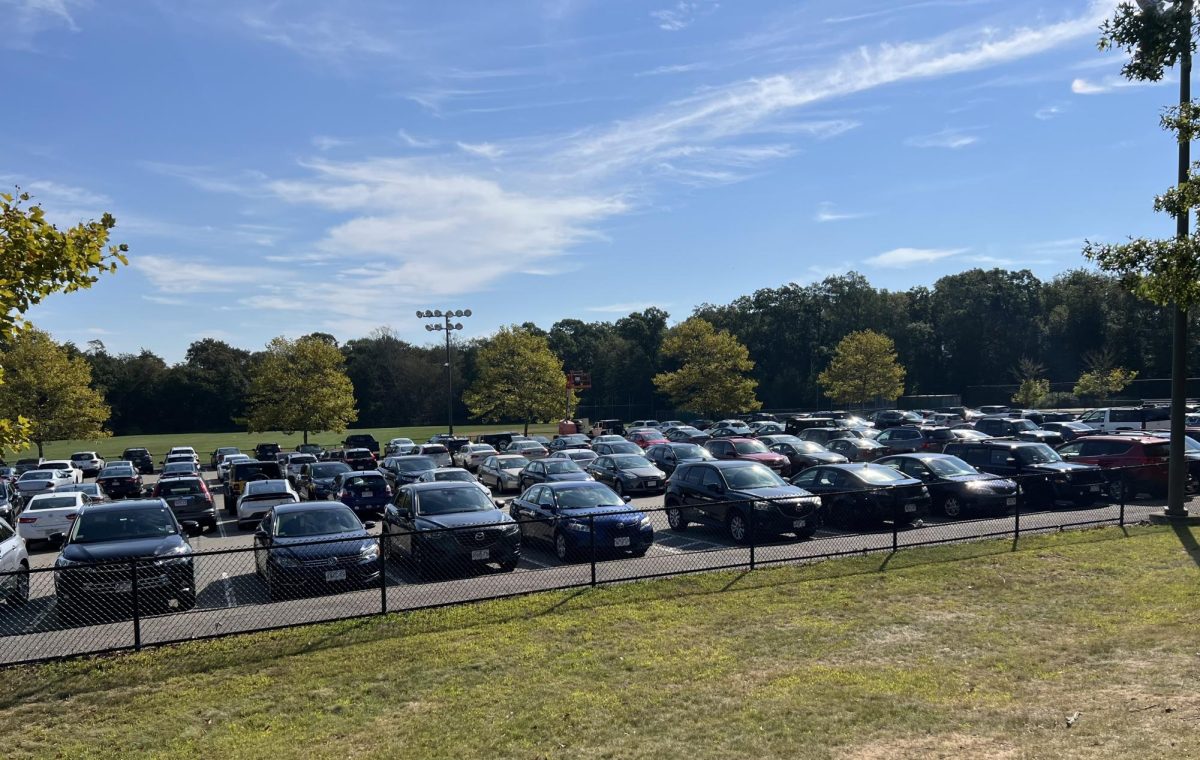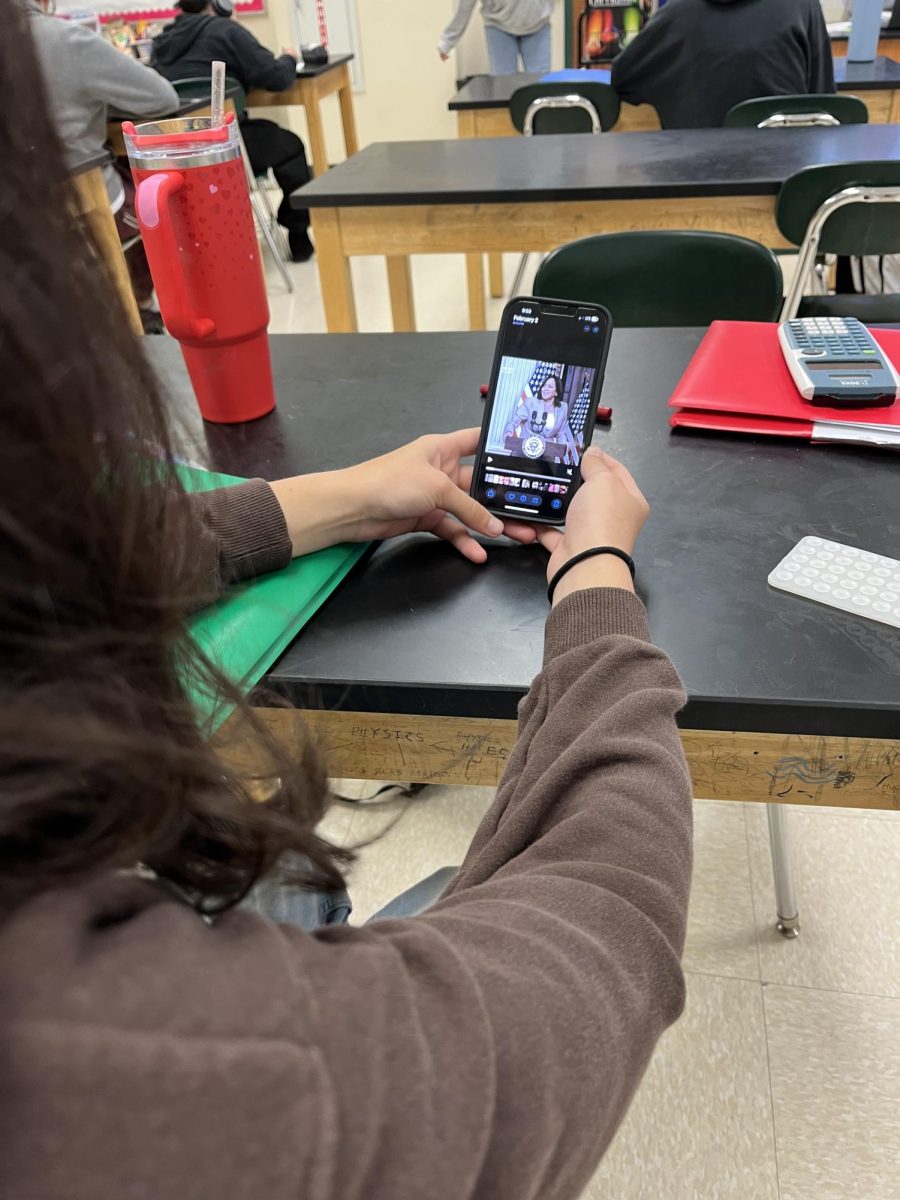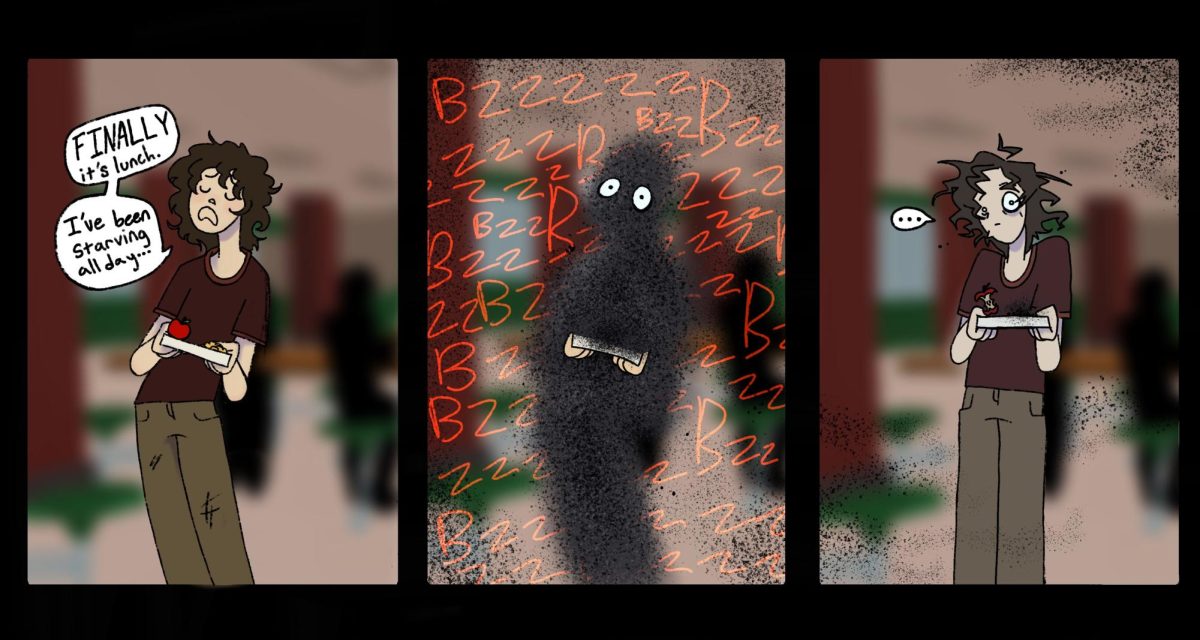Earlier this month, on September 10, former President Donald Trump and Vice President Kamala Harris faced off in their only presidential debate leading up to election day in November. Trump and Harris wrangled over the issue of gun control as the former president repeatedly accused Harris of wanting to strip Americans of their right to own guns.
In response, Harris said something that surprised most listeners and sparked conversation. She revealed that she and her running mate, Governor Tim Walz, are both gun owners.
“This business about taking everyone’s guns away—Tim Walz and I are both gun owners,” she emphasized. “We’re not taking anybody’s guns away.”
These comments came just days after yet another instance of gun violence in American schools. This past week, a student shot and killed two teachers and two students at Apalachee High School in Winder, Georgia. The perpetrator of this attack was Colton Gray, a 14-year-old boy. The devastation was further confirmation of the growing need to ensure that schools around the country have proper safety measures in place.
In the wake of this tragic event, schools around the country are again reconsidering if the safety features they have in place are enough.
Last spring, Mr. Bedard’s AP United States History class took on a civic action project focused on the safety of DHS. We separated into groups that aimed to collect opinions from the community and government officials by way of interviews, letters, petitions, surveys, and social media. We were restricted to two weeks, but were able to gather a great deal of eye-opening information from the people we contacted.
A random selection of students were interviewed for the project. These students were asked a series of questions such as, “Do you think current safety measures are effective?” and, admittedly a more pointed question, “Do you even know about safety measures at Dartmouth?”
We received responses from people ranging from those who were well-informed on the safety measures as well as those who were not. When asked the questions listed above, A student from the class of 2025 responded, “I think they are effective. We haven’t had issues so far. They look at your face, you say who you are, and let you in.”
A student from the class of 2026 said, “Yes, they are effective. I have no clue what they are.”
Overall, our group found that DHS students feel safe in the building, but might not fully understand the security measures in the building.
When DHS Assistant Principal Michael Martin was interviewed about Dartmouth’s security system, he was hesitant to promote making major changes to what we already have. He explained that many of DHS’s security monitors were formerly correctional officers and often presented him with ideas to tighten the ship. “Sometimes I have to push back and say, ‘We’re a school, we’re not a prison,’” he said.
Mr. Martin recalled his roommate in college quizzing him about DHS’s rank as the third most dangerous school in the country. In 1993 Jason Robinson, then a 16-year-old student at DHS, was murdered while sitting in his social studies class at what is now the middle school. Mr. Martin stressed that Robinson’s death compelled DHS to take better security precautions. “Crisis causes change,” he said.
Another security measure that has been adopted in South Coast schools is the use of IDs. Both students and faculty carry their IDs around during the school day so there would be better identification of who enters and exits the building. When asked about her opinion on the use of IDs at DHS, security guard Tara Rose expressed strong support, emphasizing that they would better help the security guards in identifying people as they walk into school.
When our group presented our findings at the end of the civic action project, we concluded that DHS does many things well in terms of security. The police department is patched in to the school cameras and intercom systems, the doors have been upgraded to be more secure, and there is increased teacher training on emergency procedures.
However, there are some vulnerabilities in our system that are curable. In the morning and after school, the main doors are propped open to allow students to freely enter and exit the building. Without adequate patrol, having the door open invites anyone to enter the building.
That being said, it is very difficult to prepare for every scenario in which someone could enter the building and cause harm in today’s world. The best thing that can be done is to have a solid safety plan in place and to cover the times in the day where the school has exposure.
DHS Assistant Principal Graham Coogan shared his view on the importance of safety within a school. “Nobody works to their full potential if they don’t feel they are in a safe space,” he said.
He makes sure, like many other staff members at DHS, that safety is his number one priority.














